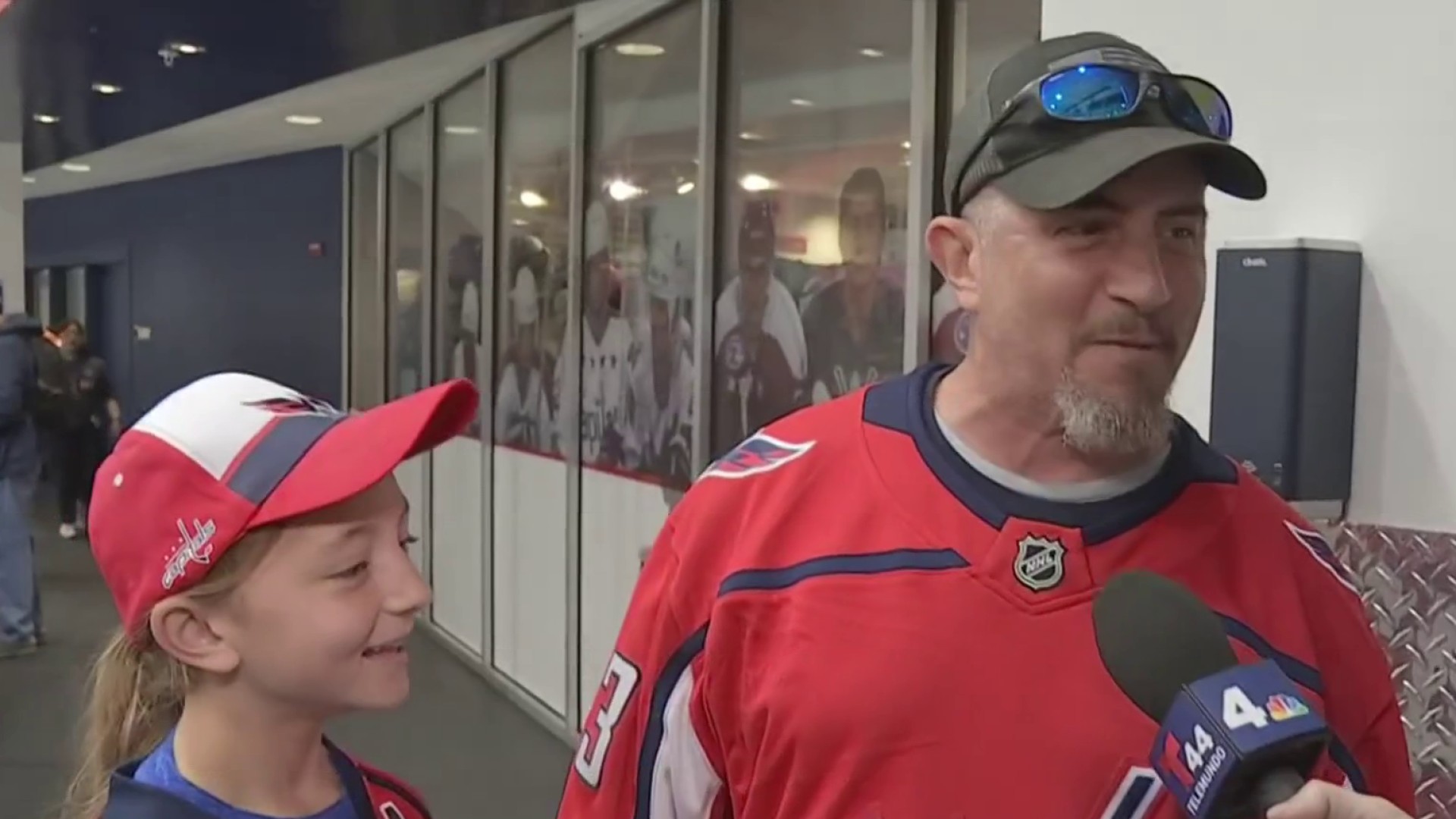After a hectic 120-point season, the Washington Capitals enter the Stanley Cup playoffs as the NHL’s top team.
The Capitals face the Philadelphia Flyers, the Eastern Conference’s second Wild Card team, in Thursday night's opener.
In a best of seven series, each team will pound and crash into one another, looking to get whatever sort of edge they possibly can.
Here’s how each team stacks up against one another by each position:
Forwards
The Capitals boast one of the deepest forward units in the entire NHL. With high-scorers Alex Ovechkin, T.J. Oshie and Justin Williams accompanied by the playmakers Andre Burakovsky, Nicklas Backstrom and Evgeny Kuznetsov, few teams can match Washington’s top-two lines. Six forwards hit the 20-goal mark this season, and three players (Ovechkin, Backstrom and Kuznetsov) managed to record 70 points on the season.
But it’s the third and fourth line that really separates Washington’s unit from the rest of the pack. Marcus Johansson gives the Capitals a legitimate scoring presence in their bottom six.
Local
Washington, D.C., Maryland and Virginia local news, events and information
Jay Beagle, Daniel Winnik and Mike Richards are Washington’s defensive specialists, while Tom Wilson isn’t afraid to get physical.
The Flyers don’t quite have that depth at forward.
Wayne Simmonds, Claude Giroux, Brayden Schenn and Jakub Voracek provide the majority of the offense for Philadelphia. Schenn set a new career high in total points, with 59, and Simmonds set a brand new best in goals with 32 on the season. Voracek, who finished with 81 points last year, the fourth-highest total in the NHL, had a bit of a down year. He only scored one goal in the first 30 games of the season but still tallied 55 points on the year.
Sean Couturier also set a new career-best point total with 39, despite playing in just 63 games. The 23-year-old remains as one of the better two-way players in the NHL, and his responsibility may be to tie up Kuznetsov as much as possible.
Pierre-Edouard Bellemare, Ryan White and Chris VandeVelde are the token “Broad Street Bullies” for the Flyers. Look for each of them to scuffle things up a bit.
Defensemen
The Capitals defensemen pride themselves on their puck movement, and every defenseman on the right side does just that very well. John Carlson, who played in just 56 games this year due to a lower body injury, is the most offensive-minded blue liner the Capitals possess. Matt Niskanen occasionally provides offense and stepped up on the Capitals’ power play in Carlson’s absence. Dmitry Orlov shows flashes of brilliance offensively, but he’s prone to the occasional costly giveaway in his defensive zone.
Karl Alzner is the very definition of reliable, playing in every single game over the past six seasons. Nate Schmidt gives the Capitals a versatile left-handed defenseman, and Brooks Orpik provides steady leadership and a physical presence.
The Flyers unit, as a whole, is a bit susceptible to defensive gaffes. Philadelphia allowed 11.2 high-danger scoring chances per 60 minutes of even-strength, 5-on-5 play this season, the ninth-most total in the NHL.
Shayne Gostisbehere was a breath of fresh air for Philadelphia this season. The rookie finished with 17 goals and 29 assists in 64 games this season. That’s the third-most goals ever scored by a rookie defenseman in the history of the NHL. Eight of those goals came on the power play, a unit that ranked 11th in the NHL this season.
Radko Gudas plays a very physical style of hockey, and that can occasionally get out of hand. The Capitals will also see a steady stream of Nick Schultz and Mark Streit, Philadelphia’s primary shutdown pairing.
Goaltending
This season, Braden Holtby tied the single-season mark for wins with 48. His .922 save percentage and 2.20 goals against average were both top five for goaltenders with at least 50 games played this season.
But Holtby will have a worthy opponent in Steve Mason. At even-strength, Mason’s .935 save percentage was slightly better than Holtby’s .931 save percentage. Mason is also used to seeing a heavy workload, averaging 31.04 shots per 60 minutes of even-strength play. However, in high-danger situations, Holtby’s .849 save percentage at even-strength bested Mason’s .847 percentage.
Holtby also bested Mason when it came to the penalty kill. Despite averaging 49.08 shots for every 60 minutes of penalty kill time, one more than Mason, Holtby stopped 88.12 percent of the shots he faced. Mason? He was only able to stop 82.74 percent of the shots he faced.



